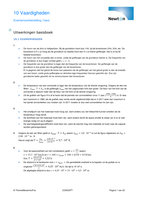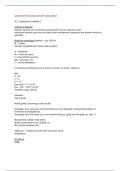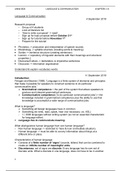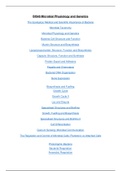Class notes
Lecture Notes in Macroeconomics
- Course
- Institution
Department of Economics, Brown University, Box B, Providence RI 02912. Phone (401) 863-1584, Fax (401) 863-1970, email:John , web:http: ∼jd. °c Copyright John C. Driscoll, 1999, 2000, 2001. All rights reserved. Do not reproduce without permission. Comments welcome. I especially thank David ...
[Show more]








